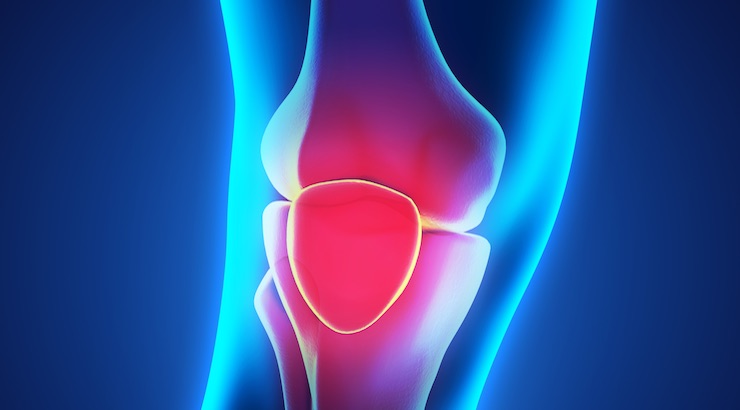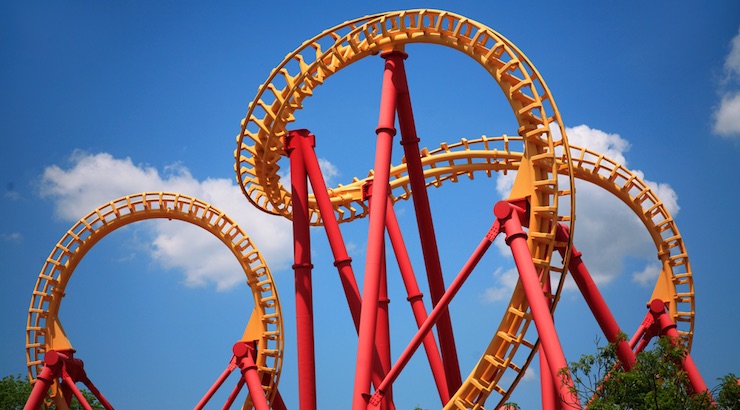Guide For Soccer Players on Recovering From an Injury – Best Advice: Be Patient
As a player prepares to make his way back to the pitch following an injury, the expectations are endless and at times are hard to accustom to. This requires players to manage their rehabilitation to the best of their abilities, which can provide a range of emotions during the process.
Here are tips on injury recovery from John Gallucci Jr., MLS Medical Coordinator and medical analyst for coverage of the 2015 FIFA Women’s World Cup.
Soccer News: It is a known fact that recovering from an injury is not an easy task and the rehabilitation road can feel long and tedious, especially when we as athletes are watching our teammates and friends on the playing field.
The road to recovery requires that we overcome not only the physical limitations but also the psychological and sociological obstacles.
The mental aspect of the injury, although often overlooked, plays a large part in the athlete’s recovery and is often a determining factor of how quickly and effectively the athlete will return to their sport.

Athletes are all unique and deal with their respective injuries differently.
For example, if we take three athletes who all sustain an ankle sprain, one may view the injury as the worst thing that could happen, the second may welcome the injury as a way to cover for their poor performance or dislike of the sport, and the third may take the injury on as a challenge that they will overcome.
Physically, the injury is the same across the board, but the mental status of each athlete will directly affect his or her timeline in recovery and rehabilitation.

There are several factors that are common among athletes who are adjusting to injury and rehabilitation:
Length of Injury: The severity of the injury typically determines the length of the rehabilitation. Injuries are typically classified as short-term, or less than 4 weeks, long-term, or more than 4 weeks, chronic or recurring, and terminating or career-ending.
Reaction to Injury: The first mental barrier that the athlete will face and will have to overcome is the flood of emotion that comes with the initial reaction and realization that an injury has occurred.
Common emotions during this time are shock, relief, fear, anger, frustration, isolation and grieving.
Emotions during this stage typically come on and change quickly as athletes receive information about how severe the injury is, whether or not they will need surgery and how long the rehabilitation process will be.

Reaction to Rehabilitation: The second mental barrier that the athlete will face and have to overcome is the emotions that appear in the tedious and sometimes frustrating rehabilitation process.
Common feelings during this stage are impatience, optimism, loss of vigor, irrational thoughts, alienation, dependence, apprehension, and loss of athletic identity.
Typically in the beginning of the rehabilitation process, athletes may be optimistic about progressing.
In the middle of the process, feelings of impatience, loss of vigor and alienation from the team settle in and leave the athlete frustrated.
As the rehabilitation comes closer to the end apprehension of return and independence can be seen.
However, in regards to the athlete who may have sustained a career-ending injury, a loss of their athletic identity may become apparent and in some cases this process has been described as similar to that of a loss of a loved one or pet.
 Reaction to Return: The third and final stage where mental barriers may be experienced are the emotions that come with the ability to return to sport or the ending of a sports career due to injury.
Reaction to Return: The third and final stage where mental barriers may be experienced are the emotions that come with the ability to return to sport or the ending of a sports career due to injury.
Emotions common in this stage are eagerness, anticipation, acknowledgement, confidence, skepticism, and closure.
Typically, injuries which are short-term in nature are greeted by confidence and an eagerness to get back on the field. However, injuries which are long-term or chronic in nature may leave the athlete feeling skeptical about whether they will be able to return without re-injury or if they will perform as well as they had before the injury.
Not all injuries are the same and not all athletes experience the same reactions and emotions during the rehabilitation and recovery stages.
This information is simply a guide of emotions that can be seen during the “rollercoaster ride” we call the road to recovery.
Most importantly, remember that no matter the injury type or severity it is important to listen to the advice of a trustworthy healthcare professional, such as a certified athletic trainer, physical therapist, or team physician as they will guide you down a safe, effective and efficient recovery plan.
Injuries are always unfortunate, but are absolutely a part of the game and in order to return to the game we love we must remain positive about the outcome and strive to reach new recovery goals daily.

For more information in regards to common injuries and rehabilitation, please be sure to check out Soccer Injury Prevention and Treatment: A Guide to Optimal Performance for Players, Parents, and Coaches written by John Gallucci Jr., MS, ATC, PT, DPT.
John Gallucci’s book is available on Amazon on his JAG Physical Therapy site.
RELATED ARTICLES: Youth Soccer Players: Growing Pains or Sever’s Disease?; ACL INJURIES: Why Female Soccer Players Are At Greater Risk & What You Can Do







